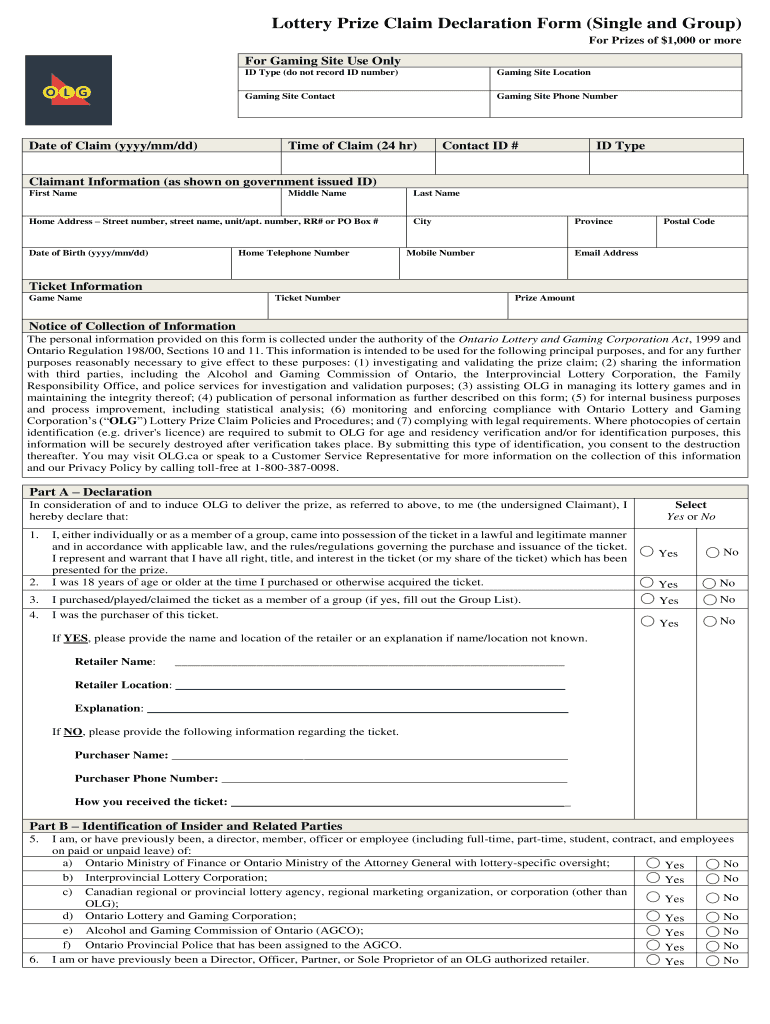NWS Flood Warning: Protecting Yourself And Your Property

Table of Contents
Understanding NWS Flood Warnings and Watches
Understanding the difference between an NWS flood watch and an NWS flood warning is paramount. Knowing the severity level of these severe weather alerts allows for timely and appropriate action. These alerts are crucial components of effective flood preparedness.
- Flood Watch: A flood watch means that conditions are favorable for flooding. Rainfall is expected, and flooding is possible. This is the time to prepare your property and monitor the situation closely.
- Flood Warning: A flood warning signifies that flooding is occurring or is imminent. This is an urgent call to action; you should take immediate steps to protect yourself and your property, potentially including evacuation.
- Flood Advisory: A less severe alert, indicating minor flooding in specific areas. While less urgent than a warning, it still requires attention and monitoring.
Receiving timely alerts is critical. You can receive NWS alerts through several channels:
- NOAA Weather Radio: A dedicated weather radio is an excellent source of continuous weather information, including flood warnings.
- Smartphone Apps: Numerous weather apps, such as the NWS app, provide real-time alerts directly to your phone.
- Local News: Stay informed through local news channels, websites, and television broadcasts.
Protecting Your Property Before a Flood
Proactive flood mitigation and flood proofing measures significantly reduce the potential damage to your property. Taking steps before a flood warning is issued is crucial for effective flood damage prevention.
- Elevate valuables: Move essential documents, photographs, electronics, and other irreplaceable items to a higher level, ideally above the potential flood line. Consider elevating your furnace and electrical appliances as well.
- Clear debris: Ensure gutters and downspouts are clean and free of obstructions to allow for efficient water drainage.
- Install preventative measures: Consider installing flood barriers, backflow valves, or sump pumps to help prevent water from entering your home.
- Sandbagging: In areas prone to flooding, pre-positioning sandbags can provide a crucial line of defense. Learn proper sandbagging techniques beforehand.
- Develop an evacuation plan: Plan your evacuation route and identify a safe location to gather. This should include designated meeting points and emergency contact information.
Evacuation Procedures During a Flood Warning
When an NWS flood warning is issued, immediate action is required. Evacuation might be necessary. Your safety is the top priority.
- Follow official orders: Obey instructions from local authorities and emergency responders. They will provide guidance on evacuation routes and shelter locations.
- Pack an emergency kit: Your emergency kit should include essential supplies such as water, non-perishable food, medications, first-aid kit, flashlights, batteries, and important documents.
- Identify evacuation routes: Know your primary and secondary evacuation routes and ensure your family is aware of them.
- Locate shelters: Identify the locations of designated emergency shelters in your area.
- Turn off utilities: If it is safe to do so, turn off gas, electricity, and water to prevent further damage.
- Never drive through flooded areas: Floodwaters can be deceptively deep and fast-moving, potentially causing your vehicle to be swept away.
Post-Flood Safety and Recovery
Returning home after a flood requires caution. The floodwater may have left behind hazardous conditions. Flood damage repair can be a lengthy process.
- Assess structural damage: Before entering your home, carefully inspect for any signs of structural damage, such as cracks in the foundation or weakened walls.
- Wear protective gear: Wear protective clothing, including rubber boots and gloves, to avoid contact with contaminated floodwater.
- Document damage: Thoroughly document all flood damage with photographs and videos for insurance purposes.
- Contact your insurance company: Report the flood damage to your insurance company as soon as possible to initiate the claims process.
- Clean and sanitize: Thoroughly clean and sanitize your home to eliminate potential health hazards. Discard any items that have been exposed to floodwater.
- Be aware of hazards: Watch out for downed power lines, debris, and other potential hazards.
Conclusion
Preparing for and responding to an NWS flood warning is crucial for protecting yourself and your property. Understanding the differences between watches and warnings, taking proactive steps to protect your property, following evacuation procedures, and taking the necessary post-flood safety measures are all vital components of a comprehensive flood safety strategy. Remember, your safety is paramount.
Don't wait for an NWS flood warning to act! Start planning your flood safety strategy today. Visit the National Weather Service website ([link to NWS website]) for more information and resources on flood safety and preparedness.

Featured Posts
-
 The D C Areas 2024 Pride A Comprehensive Guide
May 26, 2025
The D C Areas 2024 Pride A Comprehensive Guide
May 26, 2025 -
 47 Y Mmkf Gde I Kogda Uznat Imena Pobediteley V Moskve
May 26, 2025
47 Y Mmkf Gde I Kogda Uznat Imena Pobediteley V Moskve
May 26, 2025 -
 Collectors Item Michael Schumachers Benetton F1 Show Car Up For Auction
May 26, 2025
Collectors Item Michael Schumachers Benetton F1 Show Car Up For Auction
May 26, 2025 -
 La Liga Dramasi Hakem Hatasi Mi Atletico Madrid In Sansi Mi
May 26, 2025
La Liga Dramasi Hakem Hatasi Mi Atletico Madrid In Sansi Mi
May 26, 2025 -
 Zwischen Hafengeburtstag Und Roland Kaiser Der Hsv Auf Dem Weg Zum Aufstieg
May 26, 2025
Zwischen Hafengeburtstag Und Roland Kaiser Der Hsv Auf Dem Weg Zum Aufstieg
May 26, 2025
Latest Posts
-
 Six Weeks Remain To Claim Your 1 Million National Lottery Win
May 28, 2025
Six Weeks Remain To Claim Your 1 Million National Lottery Win
May 28, 2025 -
 1 Million National Lottery Prize Winner Urged To Claim Before Deadline
May 28, 2025
1 Million National Lottery Prize Winner Urged To Claim Before Deadline
May 28, 2025 -
 Unclaimed 1 Million National Lottery Prize Six Week Deadline Looms
May 28, 2025
Unclaimed 1 Million National Lottery Prize Six Week Deadline Looms
May 28, 2025 -
 Arsenals Interest In Luis Diaz Fact Or Fiction
May 28, 2025
Arsenals Interest In Luis Diaz Fact Or Fiction
May 28, 2025 -
 Kanye West And Bianca Censori A Report On A Difficult Divorce Attempt
May 28, 2025
Kanye West And Bianca Censori A Report On A Difficult Divorce Attempt
May 28, 2025
